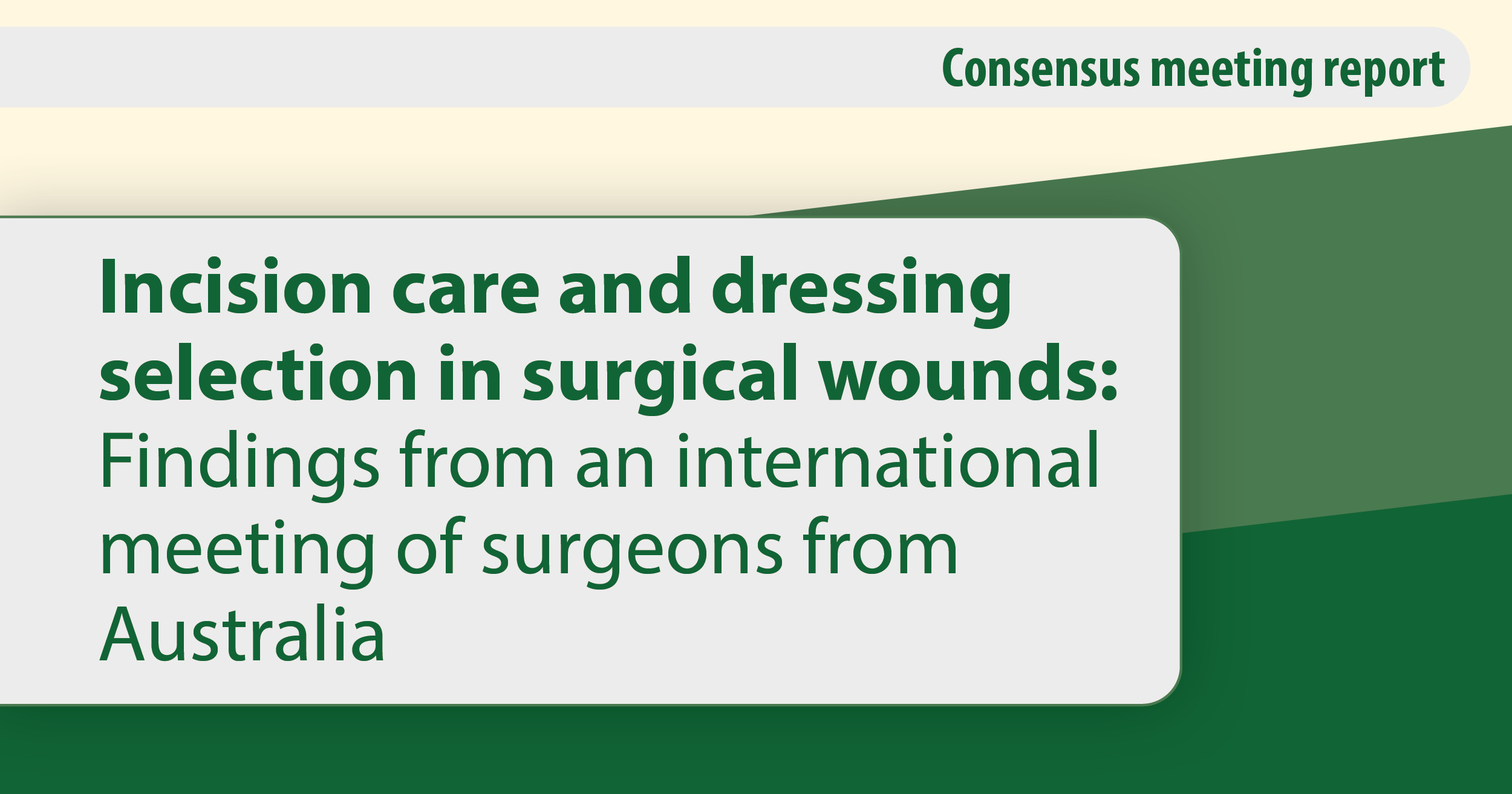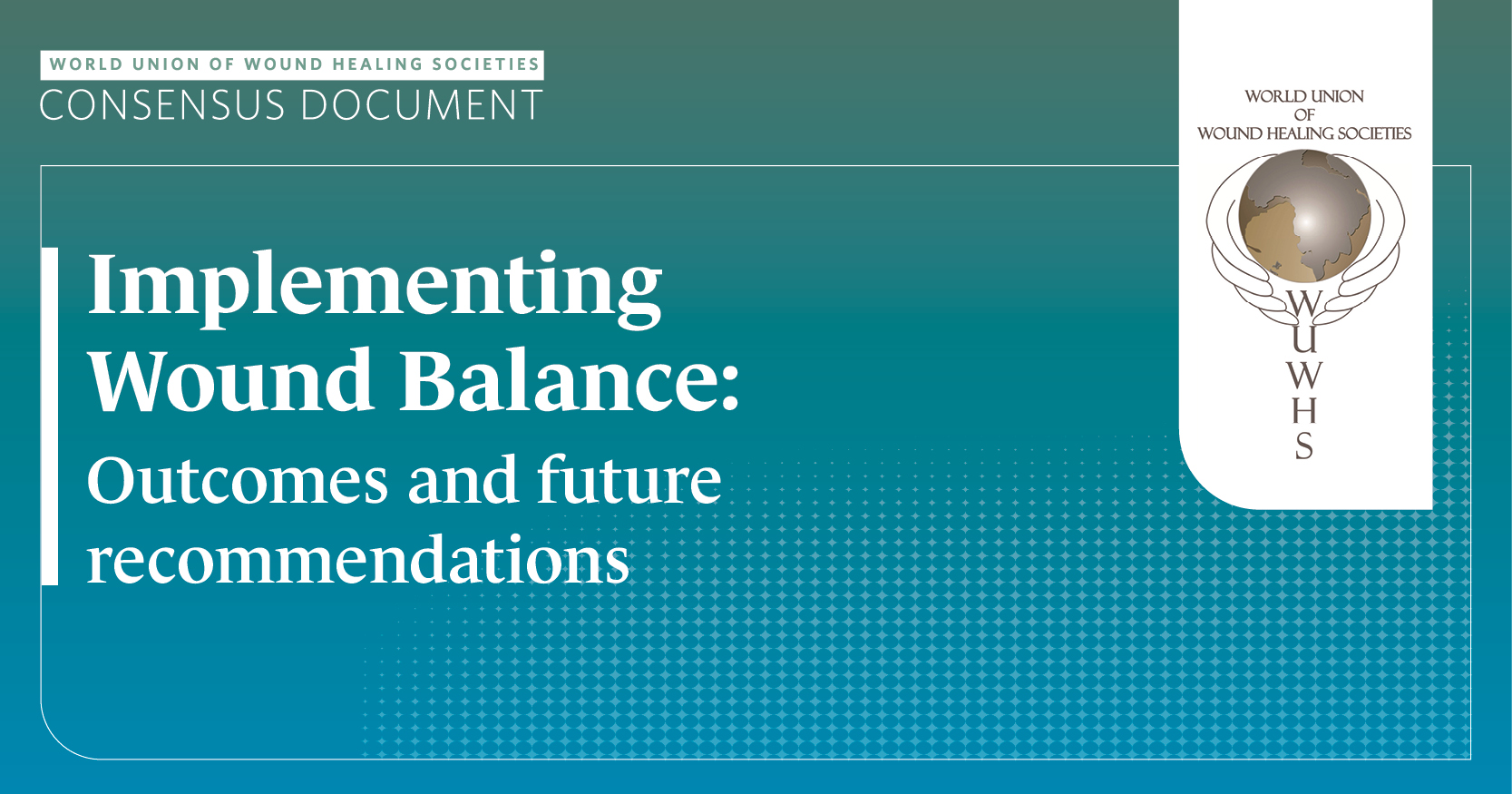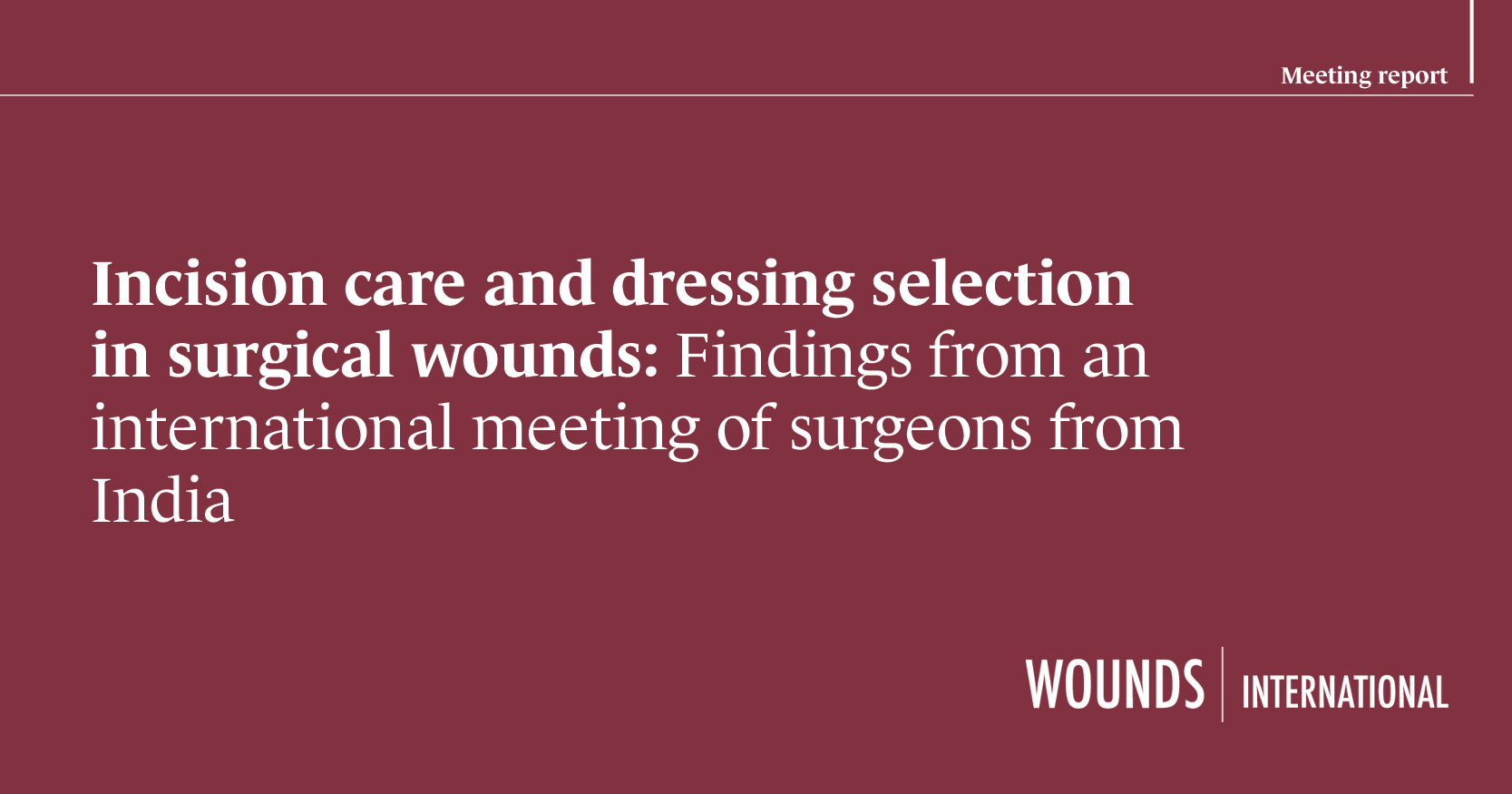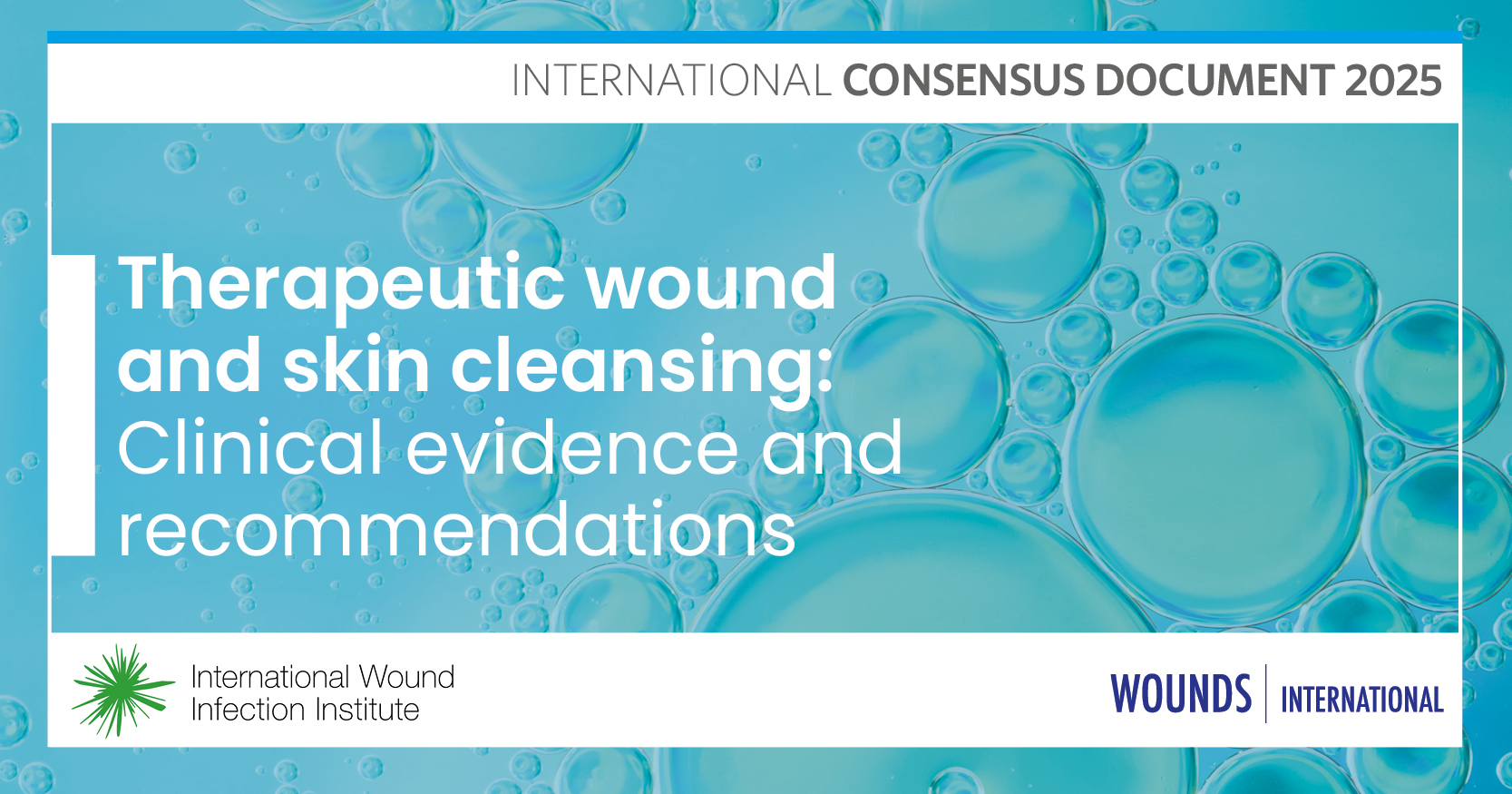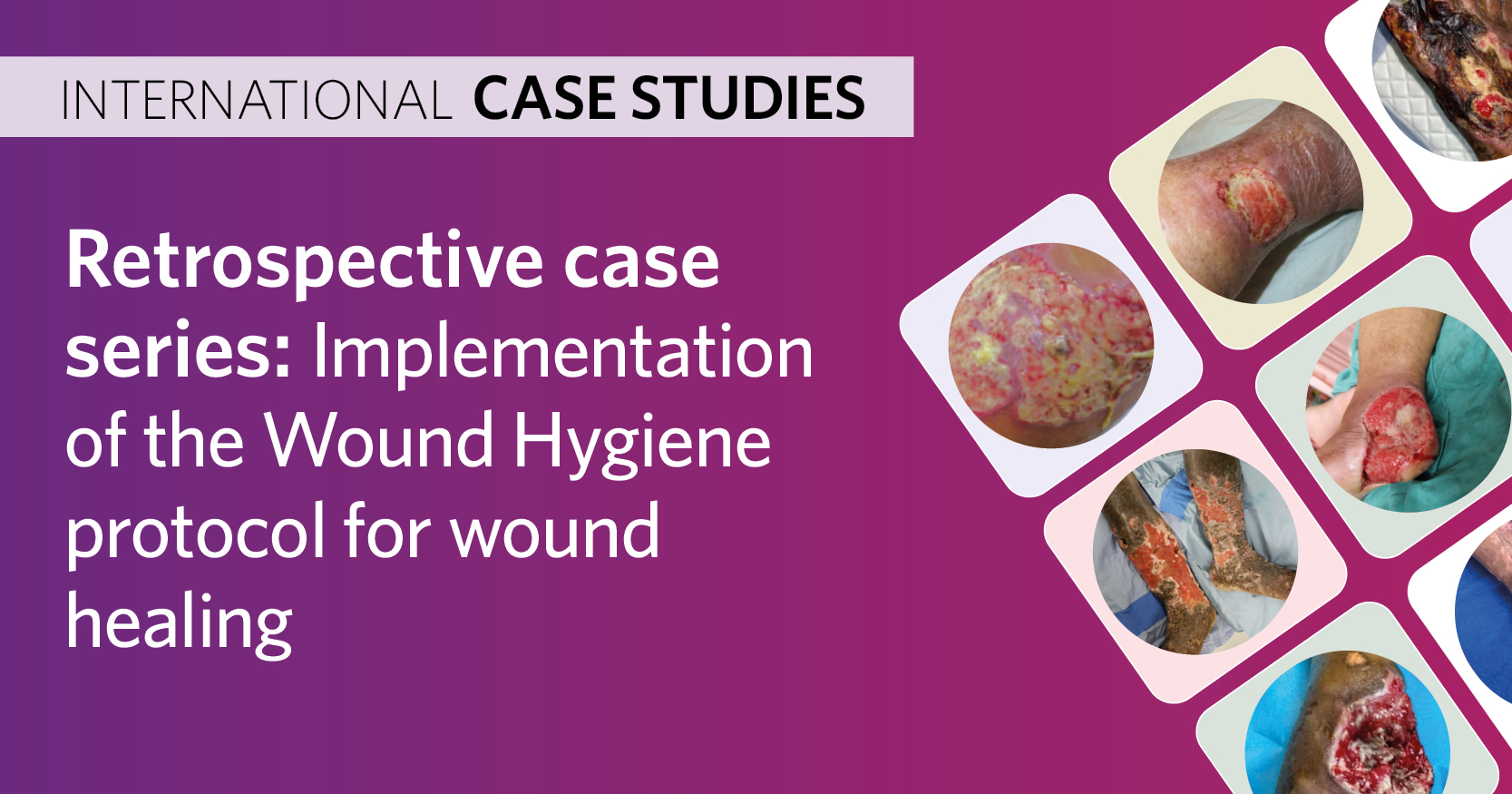Surgical wound complications, such as surgical site infection (SSI) and surgical wound dehiscence (SWD), are considerable worldwide healthcare concerns, which result in increased risk of morbidity and mortality (Allegranzi et al, 2011; Rickard et al, 2020; Sandy-Hodgetts et al, 2022a).
Globally, the increase in antimicrobial resistance poses clinical challenges in the treatment and prevention of SSI and SWD and requires the use of novel approaches in the clinical setting. Antimicrobial stewardship strategies should be in place to reduce the overuse of antimicrobials in post-operative incision management (Sartelli et al, 2016).
Contracting an SSI often results in a negative impact on the physical and mental health of the individual, a loss of productivity (Badia et al, 2017) and is commonly associated with prolonged postoperative hospital stays, which may necessitate additional surgical procedures, resulting in a higher economic burden (Cassini et al, 2016).
Although these are global issues, different regions and countries have different geographical and cultural considerations for post-surgical incision care, as do different patient populations, necessitating fit-for-purpose solutions.
In February 2024, a panel meeting of surgeons based in Australia was convened in Sydney to examine post-surgical care and dressing selection for incisions closed with primary intention. The attending surgeons worked across Australia and represented a range of surgical disciplines, united by a passion for wound care and improving patient outcomes.
The surgical panel builds on work by other international surgical panels [Box 1], with the same following aims:
- To clarify local views on post-surgical care and dressing selection in surgical wounds closed with primary intention
- To discuss and reach a consensus on recommendations for local practice in key areas of optimisation for wound healing pre-, peri- and post-operatively
- To discuss and agree on the properties of the ‘ideal’ dressing in managing post-surgical incisions.
Dressing selection
It is widely accepted that dressing selection is a key consideration in post-surgical incision care (World Union of Wound Healing Societies [WUWHS], 2016), with advanced wound dressings playing an important role in protecting wounds from surgical wound complications during the healing process (WUWHS, 2016). Surgical wound complications is an umbrella term that encompasses diagnoses including SSI, SWD, hypergranulation, periwound maceration, scarring and medical adhesive-related skin injury.
This panel of surgeons working in Australia represented several surgical specialities and reported use of a variety of dressing types, with choice driven by:
- Anatomical location of the wound and associated risk factors (e.g. risk of bleeding for joint replacement wounds)
- Size of the wound
- Availability of the dressing within the hospital (public versus private healthcare settings).
The panel agreed they all look for dressings that are well-fixed (“with a good seal”), possess excellent absorption properties and remain in place for the duration of wound healing. Within the group, surgeons variably reported using negative pressure dressings for larger wounds, film dressings for smaller wounds, as they are inexpensive and more widely available, silver dressings, and, in one case, a combination of a glue dressing layer with underlying mesh. It was noted that even where the panel are unsure of the consistency of supporting evidence (for example, for silver dressings or negative pressure), they may choose to continue using their ‘standard’ choices, as anecdotally, they work for their patients.
Notably, all panel members stated that their choice of dressing for a particular wound is driven by the hospital setting they work in: public or private. There was an agreement that, within the public sector, availability of particular dressings can be driven by cost pressures and whether the dressing is ordered by a surgeon or by a surgeon from only certain wards or departments. In contrast, in private healthcare settings, there is less similar pressure and patients can access most types of dressings regardless of the cost.
Undisturbed wound healing
The surgeons on this panel were each responsible for directing when the post-surgical dressing would be removed, with a clear preference amongst the group for longer wear time to allow for undisturbed wound healing (UWH). The wear time ranged from five days to two weeks. UWH, facilitated by longer dressing wear time, is desired to promote haemostatic efficiency and allow the wound to heal while reducing potential skin irritation and wound disturbance from unnecessary dressing changes.
Most of the panel ask patients to remove their own dressings at home after the allotted time period, with instructions to contact the hospital in case of any concerning clinical symptoms. According to the panel, clinical red flags that would require a dressing change include:
- Redness and swelling at the wound site, which could indicate local or systemic infection
- Excessive fluid leakage (“oozing, not spotting”)
- Loss of adherence to the skin
- Suggestion that the dressing is not doing what it should be doing, that is, facilitating wound healing, e.g. wound dehiscence or wound edge deterioration.
There is evidence to suggest that leaving a post-surgical wound dressing in situ for as long as possible can prevent wound disturbance and facilitate wound healing (Berg et al, 2019). Reduced dressing changes, unless otherwise clinically indicated, may also prevent waste of resources and inefficient use of dressings (Adi et al, 2022).
This consensus was supported by all of the surgeons, who all acknowledge that the temporal nature of dressing changes has value, despite variation in practice. However, some of their local colleagues prefer to remove dressings earlier to “see the wound” (note: the panel noted that transparent dressings may not always have good absorption capabilities), but generally, they did not agree with this practice.
Managing high-risk patients
While clinical prediction is an inexact science, particularly as it relates to surgical infection, there are some high-risk instances where members of the panel may change their approach to mitigate potential infection risk.
These risks tend to be procedure-specific, with patients undergoing more complex, potentially life-threatening surgeries considered more at risk. For example, category 1 caesarean sections, where the surgical space may be at risk of contamination (with one surgeon even stating that “there is barely time to wash your hands”), as opposed to orthopaedic surgeries, where the surgical space is far easier to control. The panel named obesity/high BMI as the main high-risk factor for infection in patients undergoing elective surgery, although this is still procedure-specific.
The panel noted that the wound dressing itself is not the panacea; there are also socio-economic determinants of wound healing to consider after the patient leaves the hospital, including where they live (city or remote location), how easy it is for them to access a healthcare setting, and other factors, such as nutritional choices and skin tone (e.g. some individuals of Asian descent may be more prone to keloid scar formation).
Properties of an ideal wound dressing
The purpose of a wound dressing for post-surgical incisions is to protect the wound from the external environment, while providing an optimal environment for wound healing. Surgical panels at previous consensus meetings around the world have agreed on a comprehensive list of properties for the ideal wound dressing, which include:
- Flexibility – does not impede patient’s movement, providing elasticity to avoid pulling or blistering, particularly over joints
- Well-fixed to the skin on application once the skin is dry after being disinfected, and remains adhered even if there is sweating
- Absorbent of wound exudate (retains/locks in fluid) – no exudate leakage should occur from the dressing to the periwound skin
- Protective of the surrounding skin to reduce risk of blistering or irritation, and provides patient comfort, with minimal discomfort or pain during removal
- Waterproof to provide a good seal/barrier function and enable the person to shower
- Eliminates ‘dead space’ between the wound bed and dressing, where necessary, to avoid exudate pooling
- Easy to use and remove by patients and all care staff, to ensure consistent care
- Transparent dressing borders to allow for observation of the surrounding skin.
The Australian panel suggested adding the cost of the dressing (depending on the healthcare system) as an additional consideration. Cost’ in this context refers not only to the price of the dressing, but also to the cost of everything associated with changing the dressing, including the resources required, such as gloves and saline solution, as well as the time involved in carrying out the dressing change.
Conclusion
Evidence from previous panel meetings suggests there is global variation in post-incisional wound care. This group of surgeons from Australia agreed that post-surgical incision care should consider reducing infection risk, while focusing on UWH. Dressing selection should be driven by the anatomical location and size of wound, surgery type and the patient’s personal circumstances, while considering the cost of the dressing within the context of the healthcare system.
The panel noted that there have been considerable changes in the wound care environment in recent decades, so there is a need to move away from “ritualistic” approaches, keeping up-to-date with advancements in post-surgical incision care research.

